I want to read outlook emails and save the attachments, and I'm using python-O365 module for that. The problem is this module requires account authentication in order to access outlook.
The workflow is in this way:
- User accesses the function/api, which then uses predefined/hardcoded credentials to connect to the outlook account.
client = "XXXXXXXXXX-XXXX-XXXX-XXXXXXXXXXXXXXX"
secret = "XXXXXXXXXXXXXXXXXXXXXXXXXXXXXXXXXXXX"
credentials = (client, secret)
account = Account(credentials)
- At this point the function provides a url in the console for the user to go visit and provide consent and asks the user to paste the authenticated url back in the console. Image below for reference.
The problem here is that I want this authentication to be done on UI, not in the console. Im pushing this API to a server, where it will be not possible for the user to access the console to get this url and paste back the authenticated url.
Is there a way to either skip this authentication on whole? Or atleast a way to redirect the user directly to this mentioned url in console and provide the authenticated url to console directly from UI?
